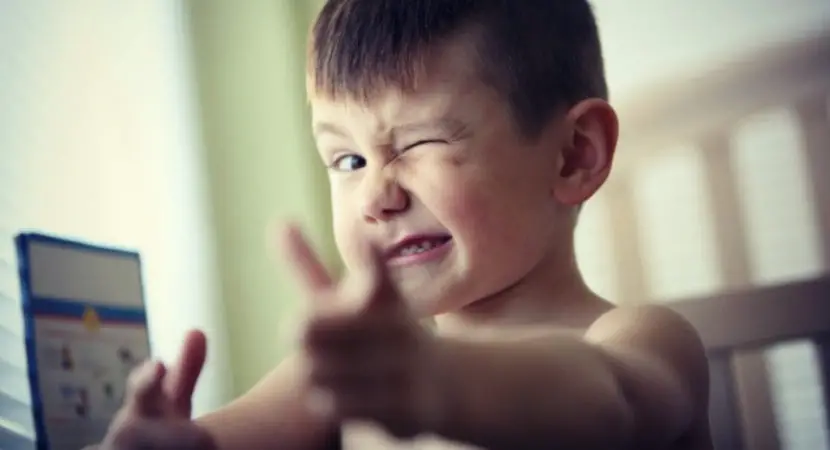How you say something matters and your children deserve to know the truth. Mass shootings have been shaking the world since before Columbine, more recently with Orlando, and parents already have their own set of worries when it comes to the safety of their children.
We all wish we could shelter our children from the harsh realities of the world, but the truth of the matter is that no matter what we do, there will always be something. Children can register emotion from the simple look on your face as you watch the news on your television screen and now, children have the ability to read the news directly from their smartphones.
Try not to make assumptions and find out what they know before you get into the discussion. If you ask them what they’ve heard, you run less of a risk that you may over-share. It’s important to let them lead the discussion and to listen to what they have to say or want to ask.
The most important thing to do is to consider their age. For children younger than six, they still see the world as black and white, good and bad. Your job is simply to validate that someone did something terrible because they were angry. It’s then a good idea to show them different ways they can deal with their anger in a healthy and constructive way.
For children between the ages of six and 10, it’s best to start by asking them how their day was and if they learned anything interesting. If they’ve heard something they want to discuss, they’ll bring it up to you. Children over the age of 10 have a natural curiosity, so assuming they’ve overheard something isn’t the worst thing you could do. Conversation starters can be something as simple as, “Did you and your friends talk about what happened in Orlando?”
Talking about it more than once will also reinforce the messages you’re trying to send your children in regards to such extreme violence and children feel safer when they are heard and reassured. Depersonalizing the issue is also beneficial, so your child doesn’t feel like they are in any immediate danger of the, “man who got angry.”
Try to find the teachable moments in your conversations. Make the conversation productive so they know how to handle things like bullies, anger, sad feelings and statements of hate. Lastly, remind your children that there are more good people than bad people in the world and that there is more love than hate.

